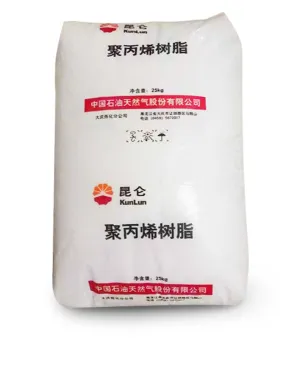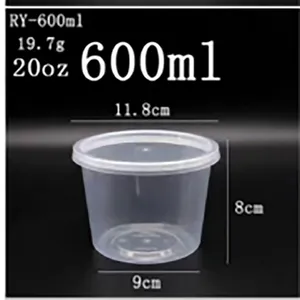[Compact Response]
Producing a 50/50 mixture of methanol and water is a straightforward process often used for various applications like fuel blends or antifreeze. Here's a simple method:
1. Safety First: Wear protective gear like gloves and goggles since methanol is toxic and flammable.
2. Measure Accurately: Gather equal volumes of methanol and water. You can use a graduated cylinder or a measuring cup for precision.
3. Mixing: Pour the methanol into a clean, non-reactive container (preferably glass or plastic). Slowly add the water while stirring gently to combine.
4. Double-check: Verify the ratio before use. If needed, use a hydrometer to measure the solution's specific gravity.
Remember, this mixture can be hazardous; handle it with care, store it properly, and avoid ingestion or skin contact.
Recommended Suppliers
-
 小敏测试128
小敏测试128 -
 5xiaominrenminbiAAABBB
5xiaominrenminbiAAABBB -
 Benzidine Permanent Yellow Pigment 2GS
Benzidine Permanent Yellow Pigment 2GS -
 PP L5E89
PP L5E89 -
 PP Yarn T30S
PP Yarn T30S -
 RY-600ml
RY-600ml -
 Biotin Food/Feed/USP Grade
Biotin Food/Feed/USP Grade
- •how to make 50 50 methanol
- •how to make 50 50 methanol
- •low carbon dioxide in blood
- •how many crankshafts are in a v8 automobile engine
- •Coating costs rise, application of talc powder can reduce costs
- •Market Prospects and Potential of China’s Talcum Powder Industry
- •Analysis of the development overview and growth prospects of China’s talc powder
- •Brief description of talcum powder wastewater treatment application and development suggestions
- •Haicheng City, Liaoning Province promotes the upgrading of talc powder advantageous industries






